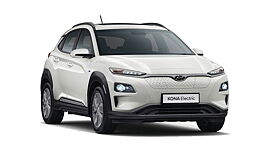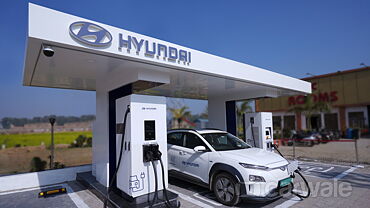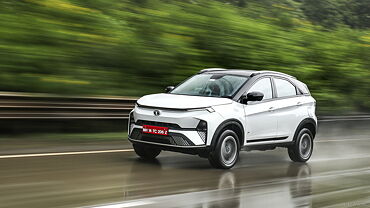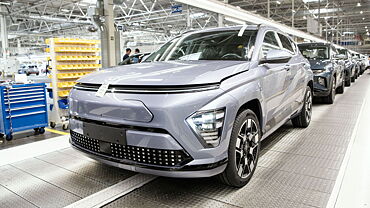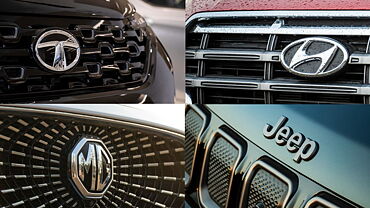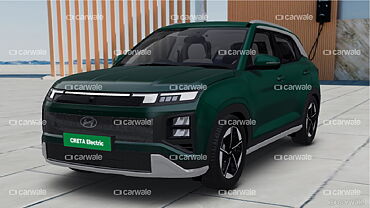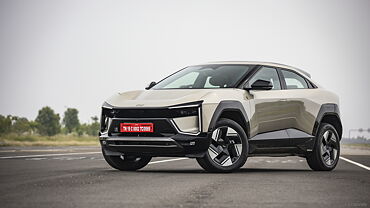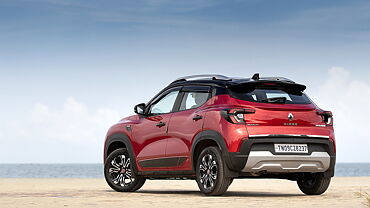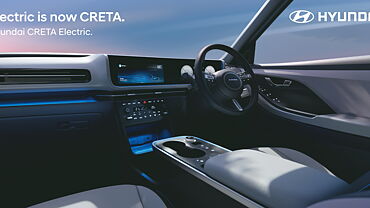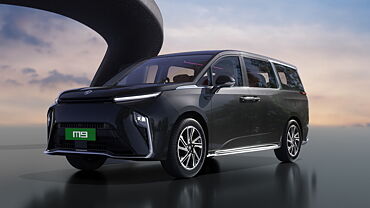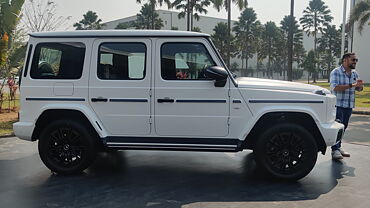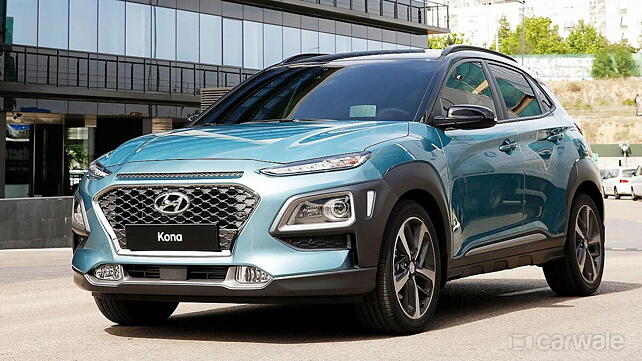
Hyundai India needs a superstar. One that will eclipse its own Creta in terms of sales and give the Korean carmaker a number spinner it so desperately needs to be able to chip away at Maruti Suzuki’s market dominance. Maruti has over 50 per cent market share currently, which is outstanding especially for such a huge car market like ours.
As things stand today, Hyundai has three winners on its hands. There’s the Grand i10, the Elite i20 and the Creta. The former two comfortably do over 10,000 units a month while the SUV has hit that number on numerous occasions, but it’s now finding it difficult to stay at that level.
Maruti on the other hand has an army of heroes. From the Alto to the Wagon R to the Swift, Dzire, Vitara Brezza and the Baleno, the Indo-Japanese venture can’t seem to put a foot wrong even if it tired. Just look at the Celerio, it’s not exactly a success but it still does over 6,000 units, a number many a carmaker even with their elaborate portfolios simply cant match.
So, is the new Hyundai Kona that superstar?
The fact sheet

Let’s dig a little deeper before we answer that. First the facts. The Kona is based on the Elite i20 but is closer to the Creta in terms of dimensions. So, it’s front wheel drive, still looks like a raised hatchback, and doesn’t exactly promise SUV like ability or flexibility. It is a better attempt than the i20 Active, no question; at least it has a completely fresh design, a higher ground clearance and street creed that will turn heads.
It will come with the same engine options as the Creta. So, there will be a 1.6-litre petrol and diesel along with a 1.4-litre diesel as well.. It will also come with both manual and automatic options. As far as positioning is concerned it will sit above the i20 but under the Creta.
The Brezza benchmark

Now to the crux of the thing. For the Kona to be a true superstar, it should be able to rub shoulders with the Maruti Brezza. Not so much in terms of the waiting period or the lack of drivetrain options (the Brezza is only available as a diesel manual), but more in terms of raking in the numbers. The Brezza is a near 12,000-units-a-month brand, and one that’s increasingly becoming the default choice for first time SUV buyers.
And why is it so successful? Two things really – one it’s a Maruti, so it comes stamped with reliability, ease of repair and good resale in the minds of Indian consumers. And second, it really does look like an authentic SUV. There’s hardly any flash or drama to its design, but the boxy looks actually work in its favour. Then there’s the Mini-like contrast paint jobs and iCreate that allows buyers to customise their ride. The latter is actually a bigger draw than most anticipated.
The bottom line is, the Vitara Brezza for all its faults – noisy engine, awful ride and iffy build quality – still manages to draw in a crowd because it manages to sell an authentic and aspirational SUV lifestyle.
Kona, the superstar

For the Kona to be successful, it needs to do everything that the Brezza does and then some. Hyundai has a similar peace-of-mind acceptance among buyers, and the lifestyle approach should be easy to develop and sell for the Korean carmaker. That it will come with more drivetrain options should help it lure a decent crowd too.
What remains then, is the authentic SUV appeal. And that’s where the Kona falters. Now, one might argue given the initial response to the Honda WRV (which is a prepped up Jazz), the Kona too should find easy acceptance as a butch crossover. And it will; it does give you a lot more than the i20 Active for starters. But, that acceptance will not turn into great numbers because the Kona will remain an urban product. And the big numbers in the future belong to Tier 2 and Tier 3 markets; markets that aren’t exactly fans of flash and over the top design.

As you can tell, we believe the Kona has a good future in India; contingent it has great pricing on its side. But, we don’t think it’s the superstar that will propel Hyundai to 20 per cent market share. That onus might rest with the Grand i10 based compact SUV due next year.

